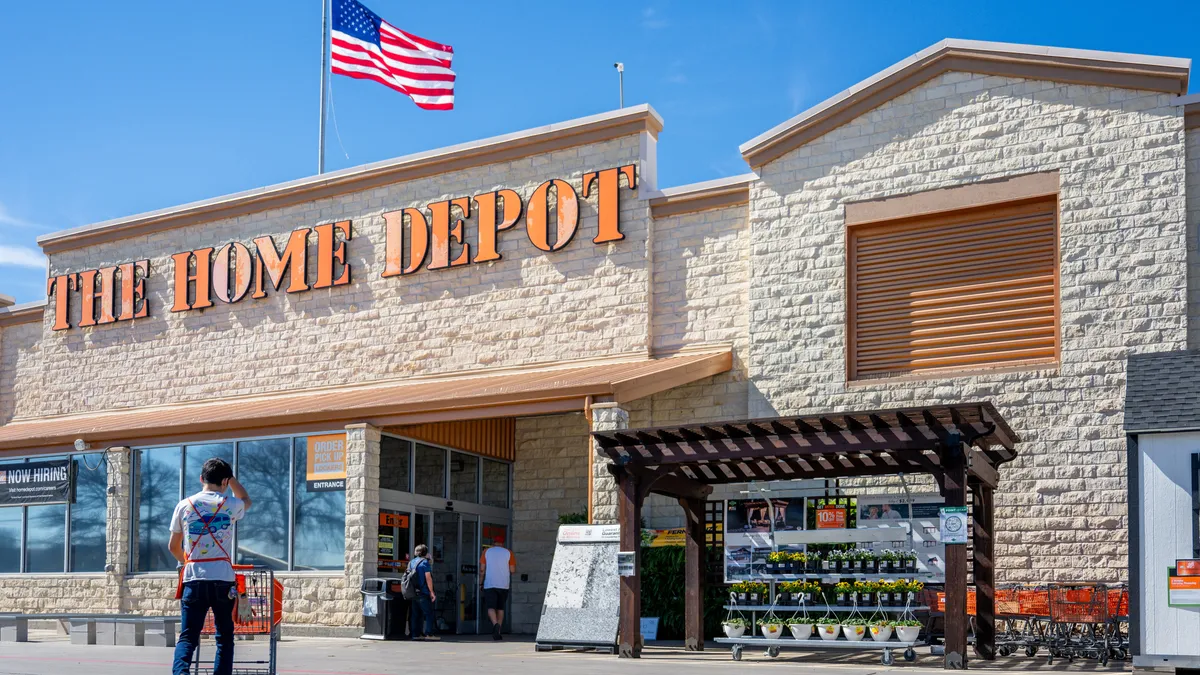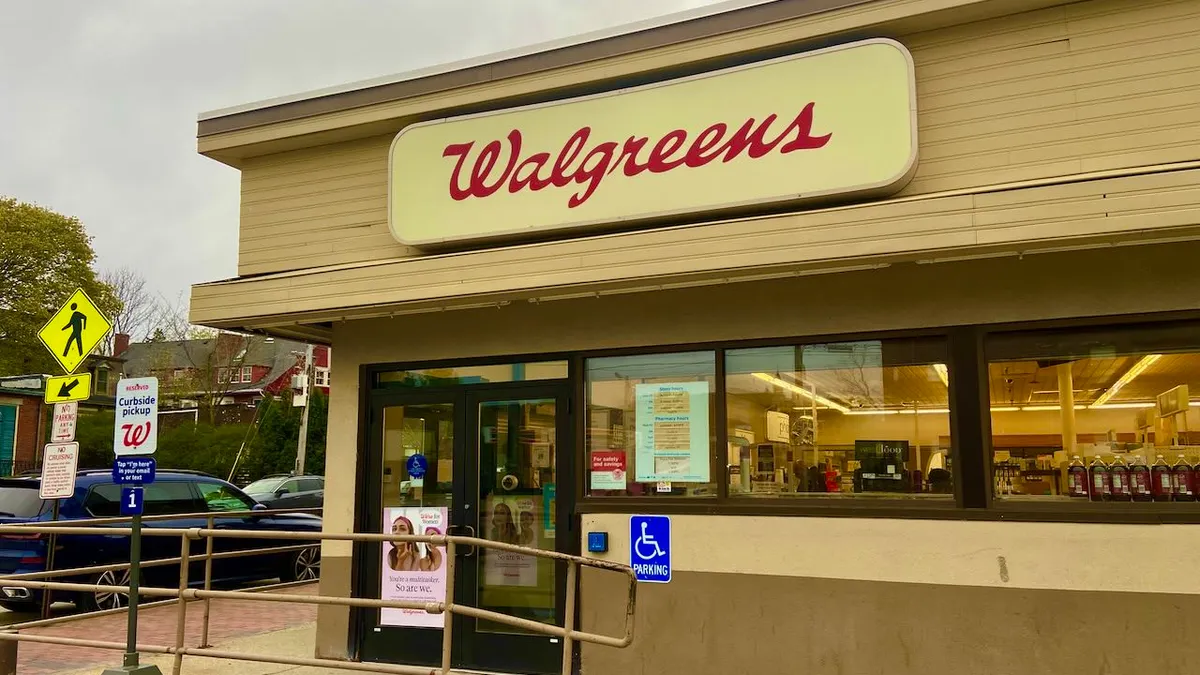Less than a month after reporting a bruising second quarter, Macy's said that it expects to fully complete the planned expansion of its Growth50 store remodels to an additional 100 locations this fall. CEO Jeff Gennette, speaking to analysts last month per a Motley Fool transcript, had promised the completion ahead of the holidays, noting that, all told, those 150 stores cough up half of the company's brick-and-mortar revenue.
The effort is part of the company's store strategy announced last year, a triad of concepts — flagships including its Herald Square icon, smaller neighborhood stores and the Growth "magnet" stores. The work helped drive up SG&A expenses in the most recent quarter alone by $13 million or 50 basis points on a rate basis over last year, CFO Paula Price told analysts. The department store is on track to reach $1 billion in capital expenditures this year, she also said.
"The performance of the Growth 50 stores has given us the confidence to expand the strategy to 100 more stores this year. Beyond our capital investment, the customer will see an increase in colleague support, advancement in omnichannel technology and more curated merchandise, tailored to their store location," John Harper, chief stores officer at Macy's, said in a statement emailed to Retail Dive. "We are excited to continue to bring new, exciting and fresh experiences to these stores."
Those locations, "feature an elevated environment, expanded and curated merchandise assortments as well as improved customer service through added colleague positions and new technology," the company told Retail Dive on Thursday. On paper, it's a worthy investment, in light of how Growth50 stores have "outperformed other stores in the Growth 100 by three full points," according to Gennette. While a welcome move, the Growth150 project represents more of a correction to a dilapidated retail environment at Macy's rather than a true transformation, some analysts warn.
"I would characterize the changes as evolutionary rather than revolutionary. They are really about righting years of underinvestment than creating an innovative new format that is fit for the modern realities of retailing."

Neil Saunders
GlobalData Retail Managing Director
"The growth stores are one of the few bright spots in Macy's rather beleaguered store portfolio and the investment seems to be paying some dividends in terms of the sales results those outlets are producing," GlobalData Retail Managing Director Neil Saunders told Retail Dive in an email. "However, I would characterize the changes as evolutionary rather than revolutionary. They are really about righting years of underinvestment than creating an innovative new format that is fit for the modern realities of retailing."
"Growth" is the right moniker for these store renewals because, as Saunders notes, "The company cannot generate growth unless it invests."
"There are still too many Macy's stores in good retail locations that are down-at-heel and dingy," he said. "Store investment alone will not cut it, however. There also needs to be a change in how Macy's merchandises ... including the development of more own-brand product in apparel and homewares."
Doug Stephens, author of "Reengineering Retail: The Future of Selling in a Post-Digital World," has a similar take. "On one hand it's hard to argue with a business that says they want to invest in upgrading the appearance of their stores," he told Retail Dive in an email. "On the other hand, I don't think that Macy's deepest issues will be solved with renovations."
That includes what he terms "the elephant in the room," which overshadows the Growth initiative.
"Why on earth would anyone (especially a younger shopper) choose to visit a department store in the post-digital era?" he said. "What unique value or experience do they offer? To my mind their time, effort and investments would be far better spent redefining their entire business model and approach to the market. They ought to be iterating new formats, new experiences and entirely new ways for consumers to engage with their brand. Renovating their existing stores is a little like putting a fresh coat of paint on a burning house."
The call for more drastic measures than what Macy's has so far described comes as the department store in the second quarter hosted a year-over-year revenue decline to $5.55 billion from $5.57 billion. Bloated inventory forced markdowns, which led to net income of $86 million, down from $166 million a year ago. EBITDA fell to $400 million from $501 million last year.
Moody's Investors Service took Macy's performance into account in its assessment of a "bleak" quarter for the whole sector that portends dim prospects. UBS analysts in a client note last month didn't focus on the Growth stores as key. While noting that the remodeled stores could help improve results in 12 months, the team led by Jay Sole called out the department store's Backstage off-price expansion, its "omni-channel service improvements," the revamp of its loyalty program and expansion of its online assortment as potentially helping Macy's "adapt to today's retail landscape and stop share loss."
To Stephens, the key to that adaptation lies in being much more daring with its business model. "As it stands, their seeming reluctance to truly take a risk may be the very thing that seals their fate."
UPDATE: The stores getting the “Growth” treatment span the nation, with by far the most (29) in California, followed by Florida and New York, where 10 stores will be remodeled, and eight in Texas. Other states where at least one Macy’s store is part of the plan are Arizona, Colorado, Connecticut, Washington, DC, Guam, Hawaii, Idaho, Indiana, Kentucky, Louisiana, Maryland, Massachusetts, Missouri, Nevada, New Hampshire, New Jersey, New Mexico, North Carolina, Ohio, Oregon, Pennsylvania, Puerto Rico, Tennessee, Virginia and Washington.





















